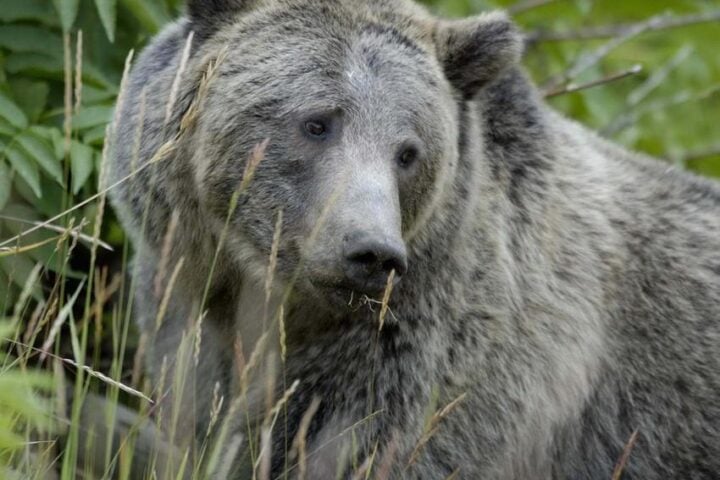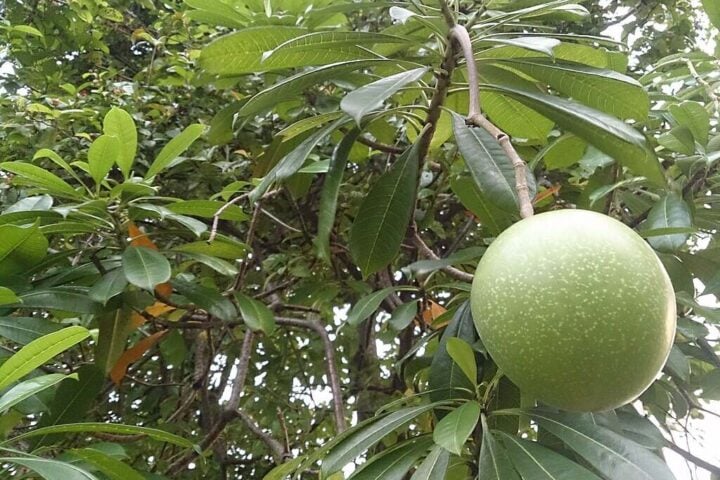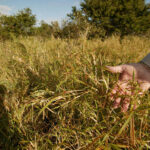Nevada has experienced a significant infestation of Mormon crickets, leading to residents being confined to their homes due to the overwhelming presence of these insects. Videos shared by residents, depict the crickets swarming homes, lawns, and roads, creating a distressing and surreal scene. Some residents mentioned that the crickets are not only carnivorous but also cannibalistic, with the living ones turning back to devour their crushed companions on the streets. The insects emit a foul smell and are described as disgusting.
The term “Mormon crickets” came up when Utah settlers, also members of the Church of Jesus Christ of Latter-day Saints, faced severe crop damage from these insects. The settlers were saved by seagulls that consumed many of the bugs, a phenomenon known as the “Miracle of the Gulls.” The presence of Mormon crickets follows a cyclical pattern of population booms and busts. They emerge in large numbers during the spring and summer months. Outbreaks can last four to five years. After this period, they disappear for around a decade until environmental factors trigger the cycle to restart. The insects lay eggs, but not all of them develop. Drought conditions can stimulate egg development, leading to larger population numbers over several years of drought.
Similar Post
This year, the Mormon crickets hatched in mid-April, two months later than usual, and are now reaching maturity. By mid-July, they will mate and lay eggs that will hatch in the following spring. The population will then decline during the winter. Natural predators such as parasites, coyotes, and birds help control the insect population. According to Jeff Knight, a state entomologist with the Nevada Department of Agriculture, the last major cycle of Mormon crickets in northern Nevada occurred from 1999 to 2007, after which they disappeared until now. These infestations have been documented in northern Nevada since the 1930s, demonstrating the cyclical nature of the phenomenon. Fortunately for residents of southern Nevada, the crickets tend to stay north of Highway 50 in the northern Great Basin area and rarely venture further south.
Mormon crickets are not able to fly but can cover about a mile per day through hopping and crawling, making it challenging to treat them with insecticides such as diflubenzuron, which hinder their exoskeleton formation. The state works to protect crops from cricket damage but primarily focuses on public safety concerns, such as safeguarding water supplies and maintaining road safety by preventing slick surfaces caused by crushed crickets. The crickets’ tendency to consume their crushed counterparts on the roads exacerbates this issue.
Knight encourages residents, including those in southern Nevada, to report any sightings of Mormon crickets to the state’s agriculture department. He emphasizes that although the current infestation may be disruptive, it is part of a regular cycle and not out of the ordinary. Throughout his 37 years as an entomologist, this is the fourth cycle he has witnessed.
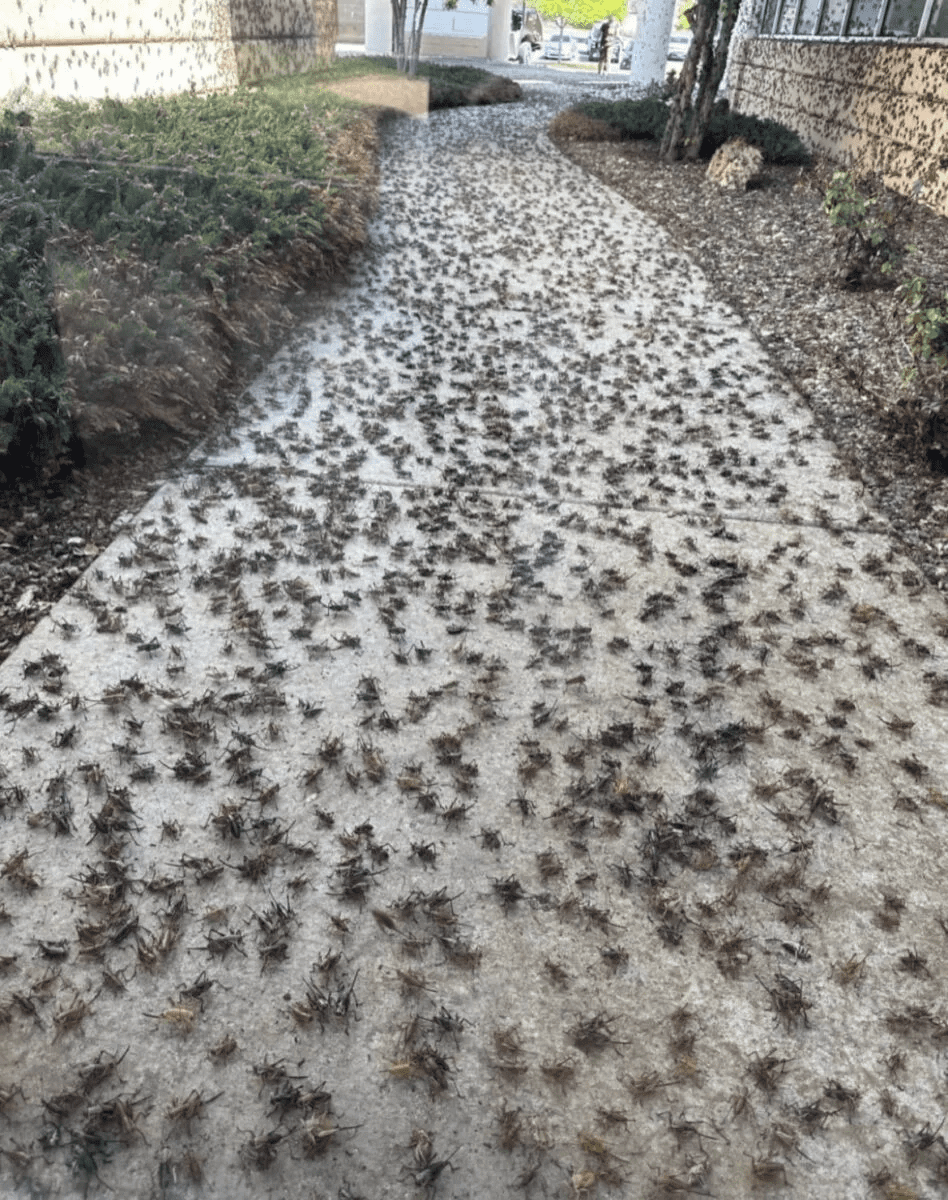
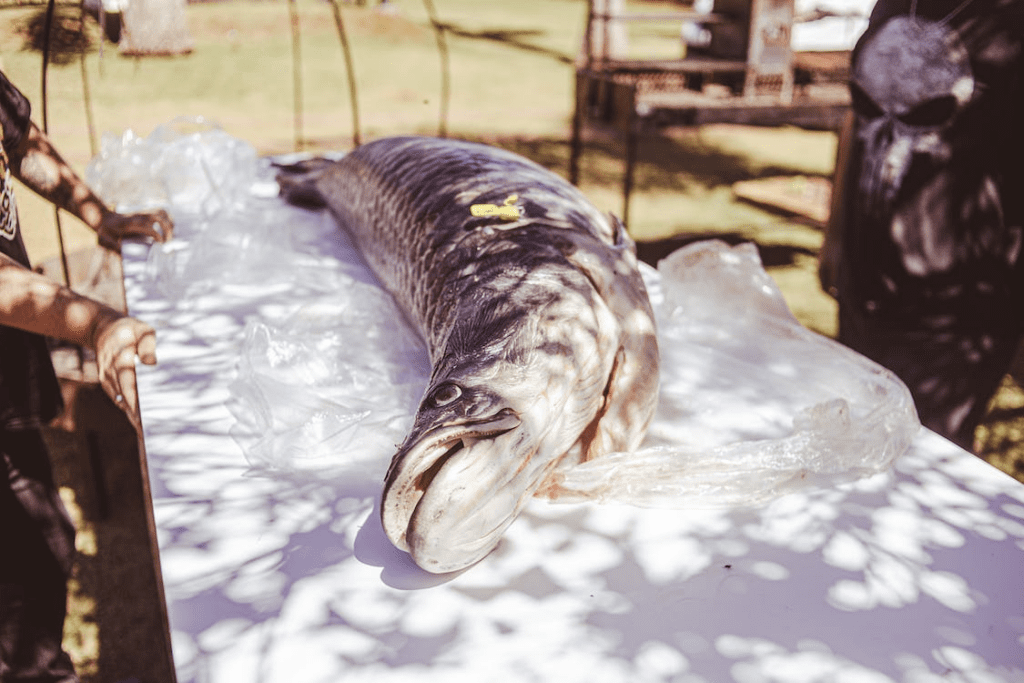



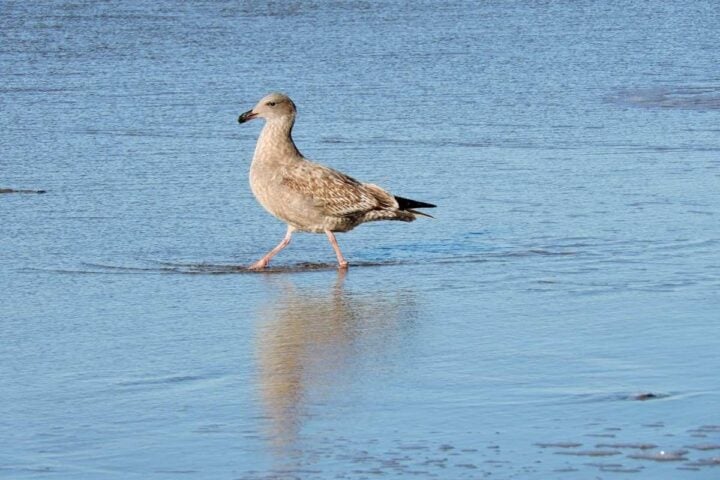

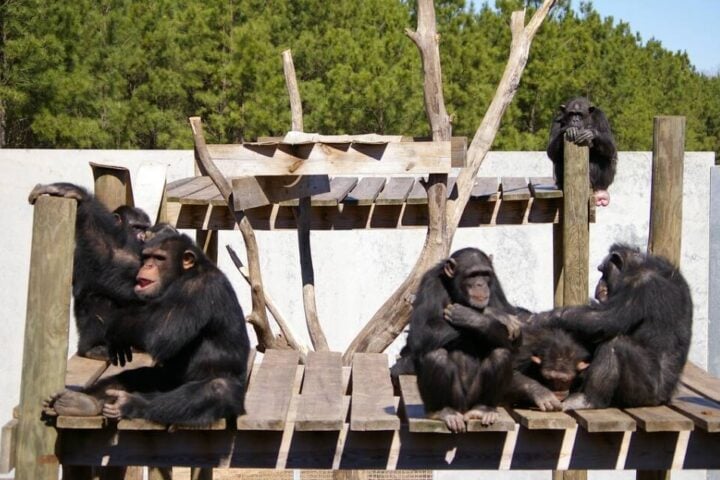


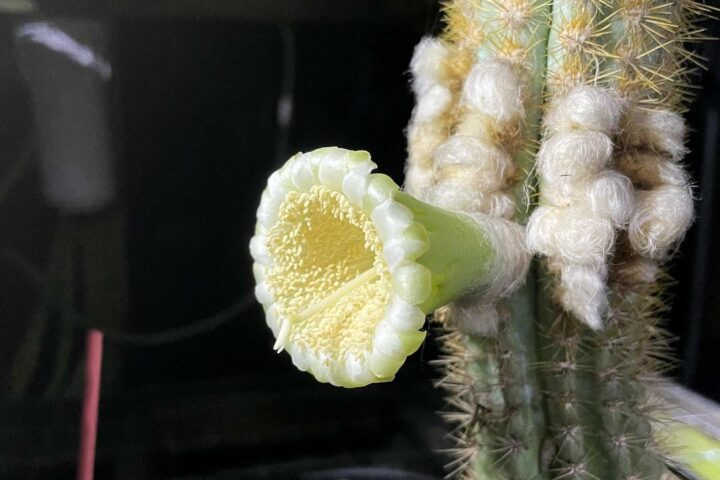
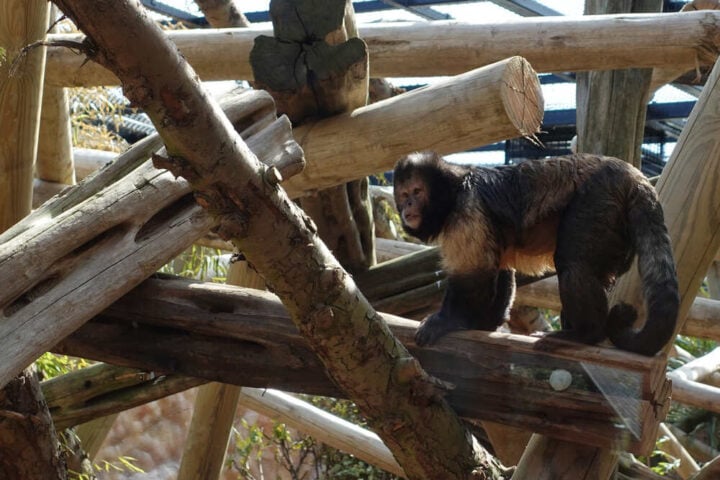


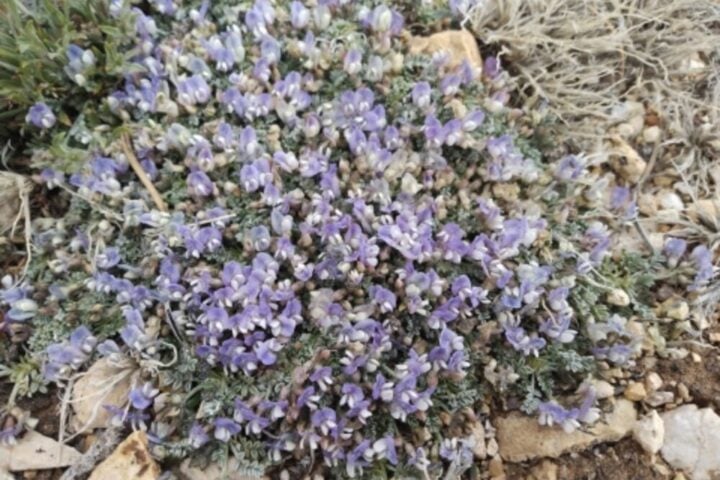
![Representative Image: European Starling [49/366]. Photo Source: Tim Sackton (CC BY-SA 2.0)](https://www.karmactive.com/wp-content/uploads/2025/04/Starlings-Drop-82-in-UK-Gardens-as-Birdwatch-2025-Reveals-Record-Low-Count-Since-1979-720x480.jpg)
